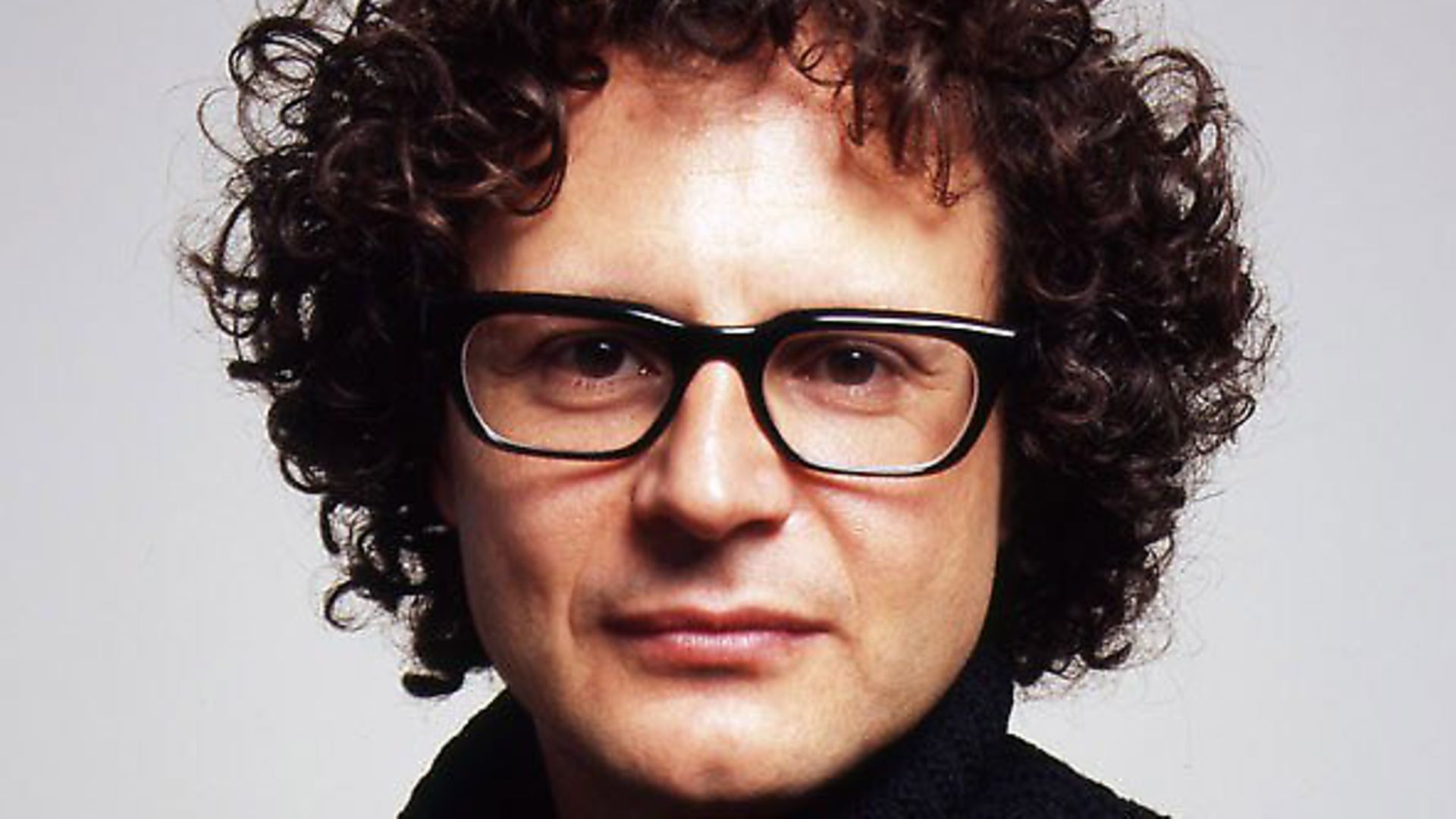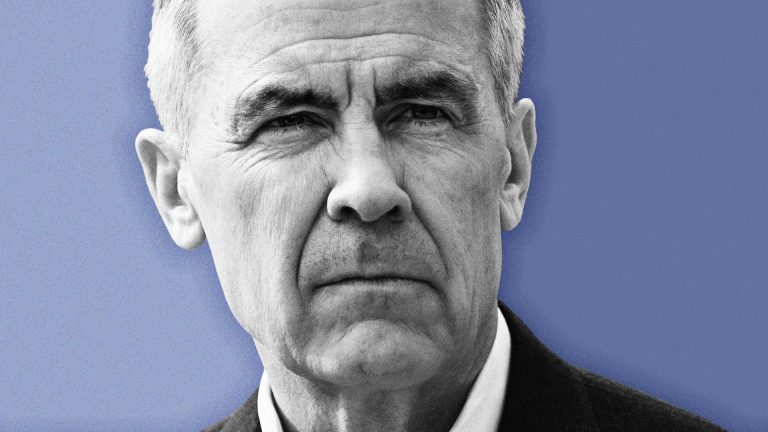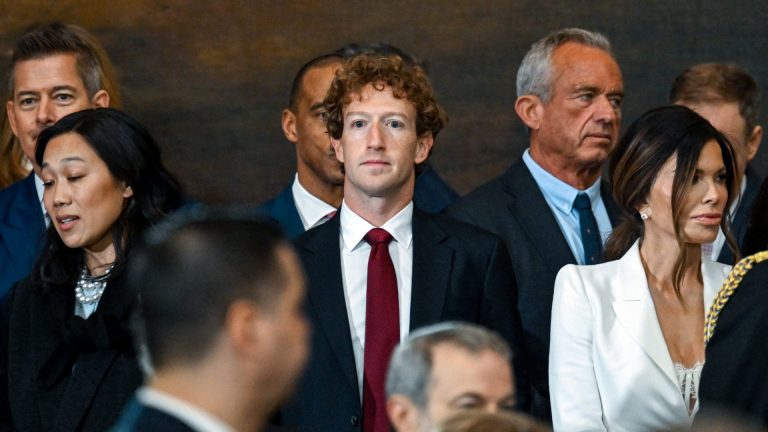
‘The Premier League is a world league that just happens to be played on our shores. The clubs are owned by Russians, Chinese, Americans, the Middle East. The managers and players and TV audience come from all over. It’s no longer the English league full of British players that we grew up watching.’ To fans observers of the modern football industry this is not rocket science, but until Cambridge United manager, Shaun Derry, recently made this point to me on talkSPORT I had never heard it explained quite so simply before.
The eyes of the world are now upon English soil, but there’s a new generation of homegrown fans seeking out an alternative in Europe, something cooler, less commercial, more authentic and reeking of mystique. And I don’t mean the Champions League, which has quickly become a mega-commercial soap opera of interchangeable managers, strikers and owners who got rich quick on oil.
The supporters who are unsatisfied with what is on offer in the Premier League want a football club they don’t have to share with the type of social media-based global fan brilliantly sent up by Twitter account @BeijingCasuals, who proudly supports Man City, Man United, Chelsea, England, Ronaldo and now Leicester City.
They want a connection, a story, something that sets them apart, something Neil Heard, author of recently published A Lover’s Guide To Football Shirts, describes as having ‘a haze of ‘the other’ about it.’
Newport County fan Heard is very much a part of a first wave or ‘old school’ of Euro-focused fans, sucked in by the appeal of Michel Platini’s great French international team of the mid-’80s, cemented by his trip, aged 20, with a budget of £7 a day to Italia 90, and ever-nourished by his twin obsessions of trainers and football shirts. Heard’s two definitive books on these subjects are nostalgic manna from heaven for the current generation of UK-based European Football Hipsters.
It’s a generation of fans who are fully served by cheap flights, 24 hour instant media, innovative print publishing on book and magazine shelves and ever popular video platforms like Copa90. The movement has several podcasts and a radio show, talkSPORT’s Trans Euro Express, on which host Danny Kelly declared this week: ‘everyone now has a minor European team as a second team’.
The appeal lies in the draw of the unfamiliar and the thrill of discovery. British football fans have been washed over by news or non-news about their own football clubs to such an extent that they are naturally attracted to European points of difference, such as unusual crowd behaviour like Lech Poznan’s Backs To The Pitch ‘Grecque’ dance which became known as ‘the Poznan’ once it had been adopted by Manchester City, or the punk rock fanbase and left wing following of Hamburg docks team St Pauli, with their skull and crossbones flags and their unique political stance. At Dortmund Jurgen Klopp’s success, passionate outlook, massive grin and ad-man glasses were enough to make him an EFH pin-up boy long before he joined Liverpool.
The same is true of other European icons. Literary Agent David Luxton, who started his career in publishing at one of the original pillars of football hipsterism, the Sportspages specialist bookshops based in London and Manchester, points to Guillem Balague’s best-selling biographies of Pep, Messi, and Ronaldo, plus Zlatan and Pirlo having their own books published successfully in the UK at a time when neither had played for a club based on these shores. I’d say that interest in European football books has never been higher. The success of books such as Sid Lowe’s ‘Fear and Loathing in La Liga’, Raphael Honigstein’s ‘Das Reboot’, Ronald Reng’s two books ‘A Life Too Short’ and ‘Matchdays’, and Rory Smith’s ‘Mister’ illustrates that the thirst for such books continues to grow apace.’
The phrase ‘Football Hipster’ has quickly become seen as dismissive, but it’s a hard tag to shake. This is a generation of fans who want something more real than the cash-obsessed, bright lights and themed intro to the Champions League. Though, ironically, that is perhaps where they first saw the likes of Klopp’s Dortmund or Bayer Leverkusen play.
Daniel Sandison, founding editor of emerging cult football magazine Mundial, has a clear take on what defines the two generations of Euro Football Hipster: ‘There are those who grew up through Italia 90 and Channel 4’s Italian football coverage, who are romantically attached to brutalist stadia and dull-as-dishwater 0-0 draws, who love Ultras and craft beer and the Paninaro, then there are people who genuinely invest themselves in the culture and minutiae of another league.’
Mundial is lovingly laid out, expensively printed, and packed with great photographs and illustrations of modern and ancient football heroes. Like The Green Soccer Journal before it, Mundial sits on the same boutique magazine shop shelves as low-circulation, high advertising yield fashion mags like Jocks & Nerds and Another Man. Mundial recently set themselves apart from most of these cottage publications by creating a brilliant front cover using the head of Totti in reworking of Caravaggio’s ‘David with the Head of Goliath’.
Daniel says European football has been vital to the rise of Mundial: ‘We enjoy digging a little bit deeper and discovering the cultures and subcultures surrounding a club and there are just so many brilliant stories involving European clubs. We have an audience interested in the corruption in Italy, the politics in Spain, the bizarre and unique fan culture springing up in Germany, there’s a great cross-section of madness to draw from. For the Totti cover we wanted something weird and Gothic and Italian, because we thought it would be his last season, and someone mentioned the Caravaggio painting and our illustrator just did an excellent job. Importantly we felt it was a cover that nobody else would put out.’
Like others he cites the accessibility of Europe, as well as ‘the lovely, lovely kits’, as one of the main drivers behind this rise in interest in continental league football: ‘You can get to Paris, Rome, Florence, Berlin or Munich as easily and cheaply as you can get from one end of the UK to another. Tickets are relatively easy to come by, you can have a drink and a laugh with your mates and get upwards of 100 likes on Instagram in the process.’
Ah Instagram, the perfect place to show off the Cub Scout Badge for Football Travel. Sandison concludes: ‘If you go and watch one or two games a year abroad, you’re not really saddled with the same crushing emotional and financial restraints. It’s a holiday from your own club, and all the turmoil that comes with that.’
This great point, that following European football is essentially a holiday from what we have to put up with week-in, week-out, suggests domestic football may not be as satisfying as it once was. For the vast majority of fans the success of the commercial superpowers is just irritating, highlighting the shortcomings, lack of cash or ambition of their own beloved team.
Sky Sports’ man in Yorkshire Bryn Law is a Wrexham supporter and author of Zombie Nation Awakes, about Wales’ journey to Euro 16, but also an obsessive fan of lower league French Football, a habit picked up after he too, like Neil Heard, fell for St Etienne’s famous green and white shirts and Platini’s golden generation. Bryn plans family holidays so he can take a new ground in, buys French-language season preview magazines, and even manages to drag family members along.
Law transcends both of the Euro generations Mundial’s Sanderson identifies, getting hooked while on family holidays to France in the ’80s, then enjoying James Richardson’s Football Italia on Channel 4 after Gazza signed for Lazio and now bang up to date with the goings on in Ligue 2. His last trip was to watch a new obsession, Lucon, visit grounds in the third tier of French football which have single stands and a large hedge around the rest of the playing area. Naturally as a Welshman his national side’s success in his second country’s stadia made for the perfect footballing storm for him. ‘Since I saw them last summer I’ve been following Lucon and have become friendly with the social media guy. They started last season well but in the second half it was disastrous and they seem to have gone bust.’
Such are the perils of following the lower league teams, but full marks for obscurity. Yet it’s easy to see the attraction of a side like Lucon as an antidote to age of super-rich superpowers, The truth of the matter is the cost of any standard Champions League player nowadays could also buy you at least one of the English clubs outside of the Premier League. You could pick up double European Cup winners Nottingham Forest, or Leeds United, Ipswich Town or Aston Villa for about the same price as Arsenal’s Mezut Ozil, You could buy two of them for the price of Manchester United’s Paul Pogba. The financial divide is no longer between prawn sandwiches and pies.
With a generation reared on YouTube and Football Manager games, it is perhaps not surprising that digital media has fuelled the EFH boom. James Kirkham is the Head of Copa90, a massively popular digital video offering that is presented by fans for fans. Boasting more than 1.5 billion video views from over 11 million subscribers who watch over 47 minutes of their content a week, Kirkham sees Copa 90 as the Buzzfeed of Football: ‘European football was a hugely important factor in the rise of Copa90. Whether that be incredible story of the Sarajevo derby or something more obscure like the story of Nonno, the 90-year-old Italian Ultra who has supported Foggia for over 80 years.’
Both Copa90 and Mundial work out of the same central London building that long ago hosted deceased British style magazines Arena and The Face. Only an old magazine head like me would know that, having written the first-ever article on adidas Predator boots for Arena way way back in time last century.
Like any dad of a modern football fanatic Kirkham fully understand the media landscape the next generation consume: ‘My son, Jax, is a seven-year-old football obsessive and because of the rich mix of media with which he consumes the game, playing FIFA and Football Manager, watching old re-runs of Football Gold and goals on YouTube, collecting Match Attax, seeing Copa90 – he has an encyclopaedic knowledge of the global game in a way I never could have had in the ’80s. His Christmas list was Bayern Leverkusen, Anderlecht and Atletico shirts.’
Kirkham is not just leaving the pursuit of EFH credentials to his kids though: ‘I’m lucky enough to have a small old farmhouse in Ibiza, so we also support Sant Rafel in Ibiza, We try and go to a game there whenever we’re on the island.’
Neil Heard identifies social media as the key way fans can communicate with fans of other European clubs in a far more friendly way than they were once received: ‘It has become way easier to physically follow a club beyond your borders. Fans are able to develop real world involvement with European clubs, their fans and the teams themselves. The communication with the fans of those clubs is easier to engage with and are often quite welcoming. ‘
As an illustration, Heard points to the amount of German-bound British traffic come matchday: ‘On any given weekend, it is estimated, 2,000-5,000 British fans travel to watch the Bundesliga. The atmosphere and pricing at these games makes it appealing to fans disillusioned with the overpriced Premier League.’
That’s the same size as a top English club might take to a domestic away fixture. Perhaps it’s because he supports Newport County, but Heard is a keen traveller.
‘I have been to over 50 games abroad which didn’t include my side. I have been to most of the famous grounds in Europe and seen most of the big sides and derbies are a particular favourite of mine.
‘When I started, everything about European football seemed more appealing to me, it had a haze of ‘the other’ about it. Everything was different, the clubs, their badges, the fans, their clothes, the songs, the kits, the brand logos, the sponsors, the special players, everything was exotic.’
It’s ironic that in an age when a young English club supporter could easily describe themselves as ‘Leverkusen fan first, Norwich second’ on their social media profile that the fans of the clubs they have graduated to have been so inspired by our own English crowds.
As Mundial’s Sanderson concludes: ‘When you go and speak to football fans in France, Italy or Germany they always talk about UK fan culture. They think we set the standard, so now what we’re seeing is a bit of that in reverse.’
• James Brown is the author of Above Head Height, a A 5 A Side Life. to be published in February by Quercus








